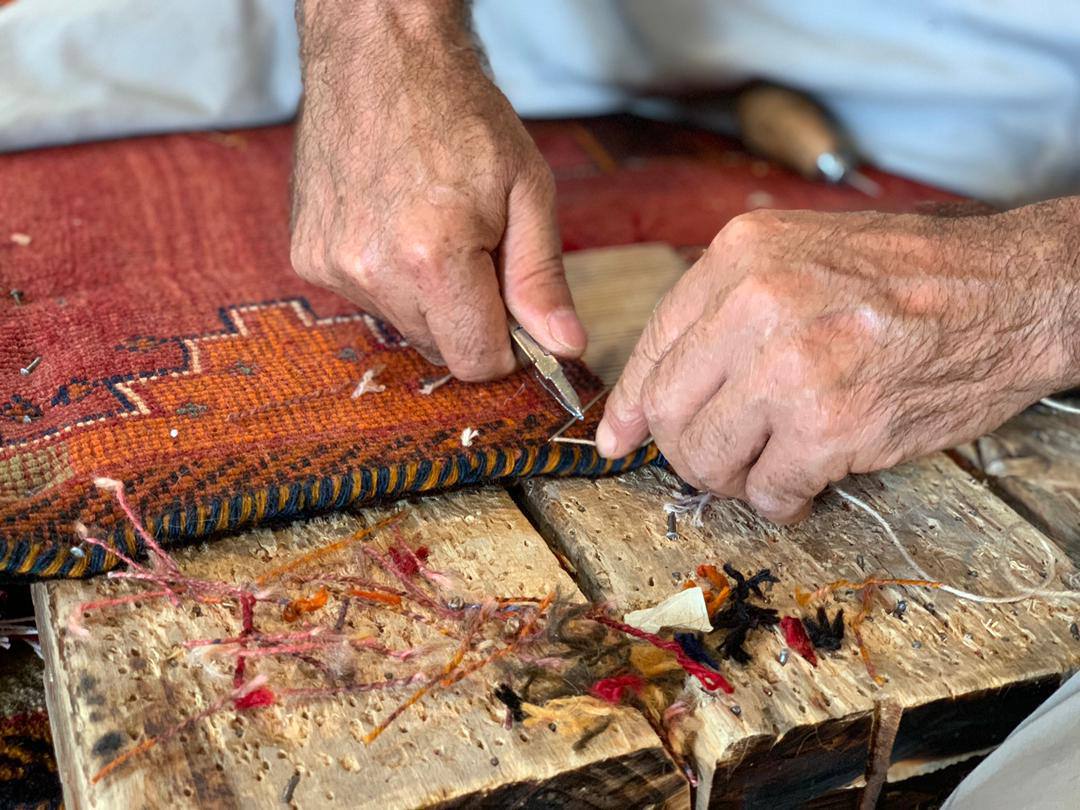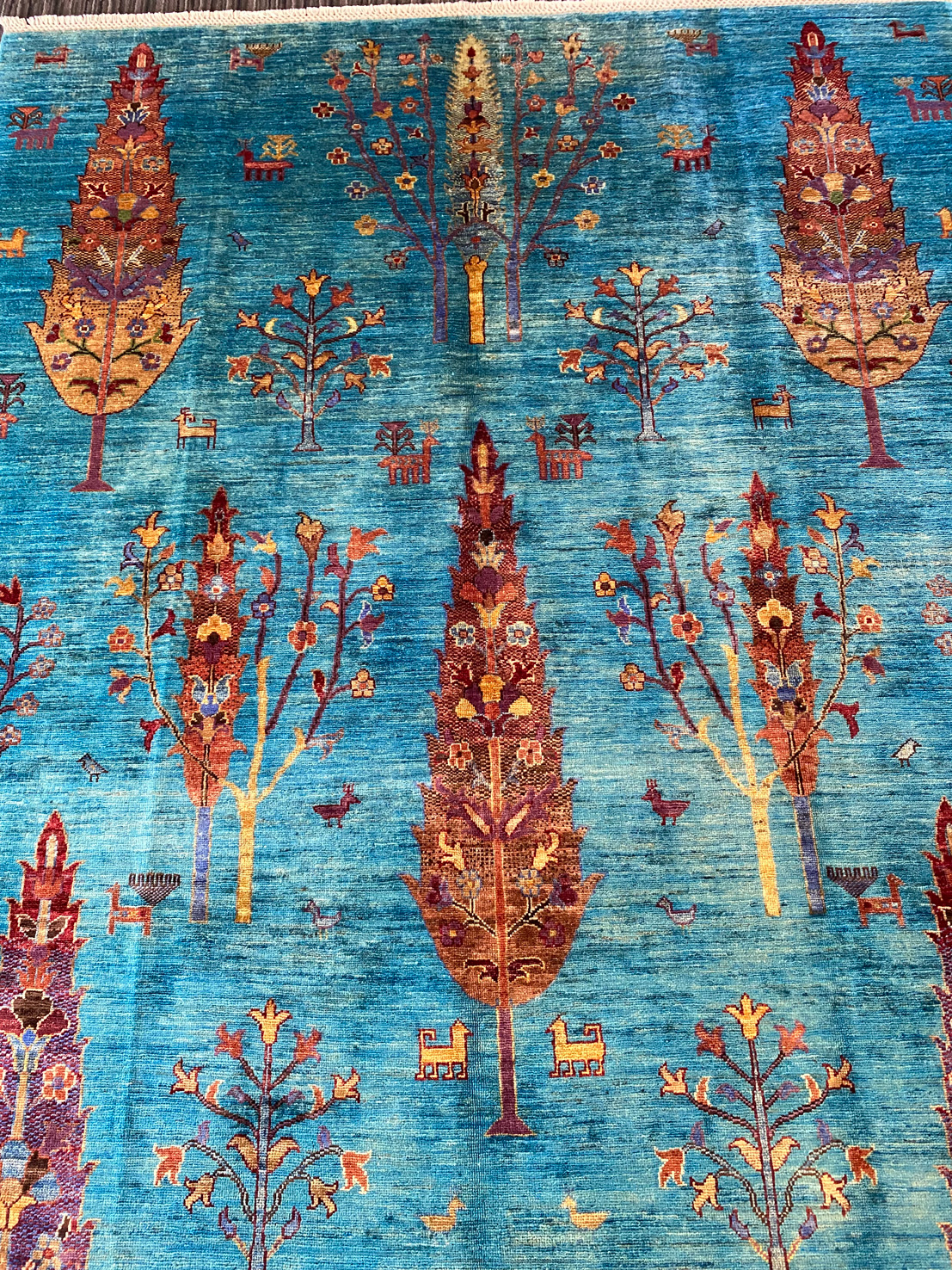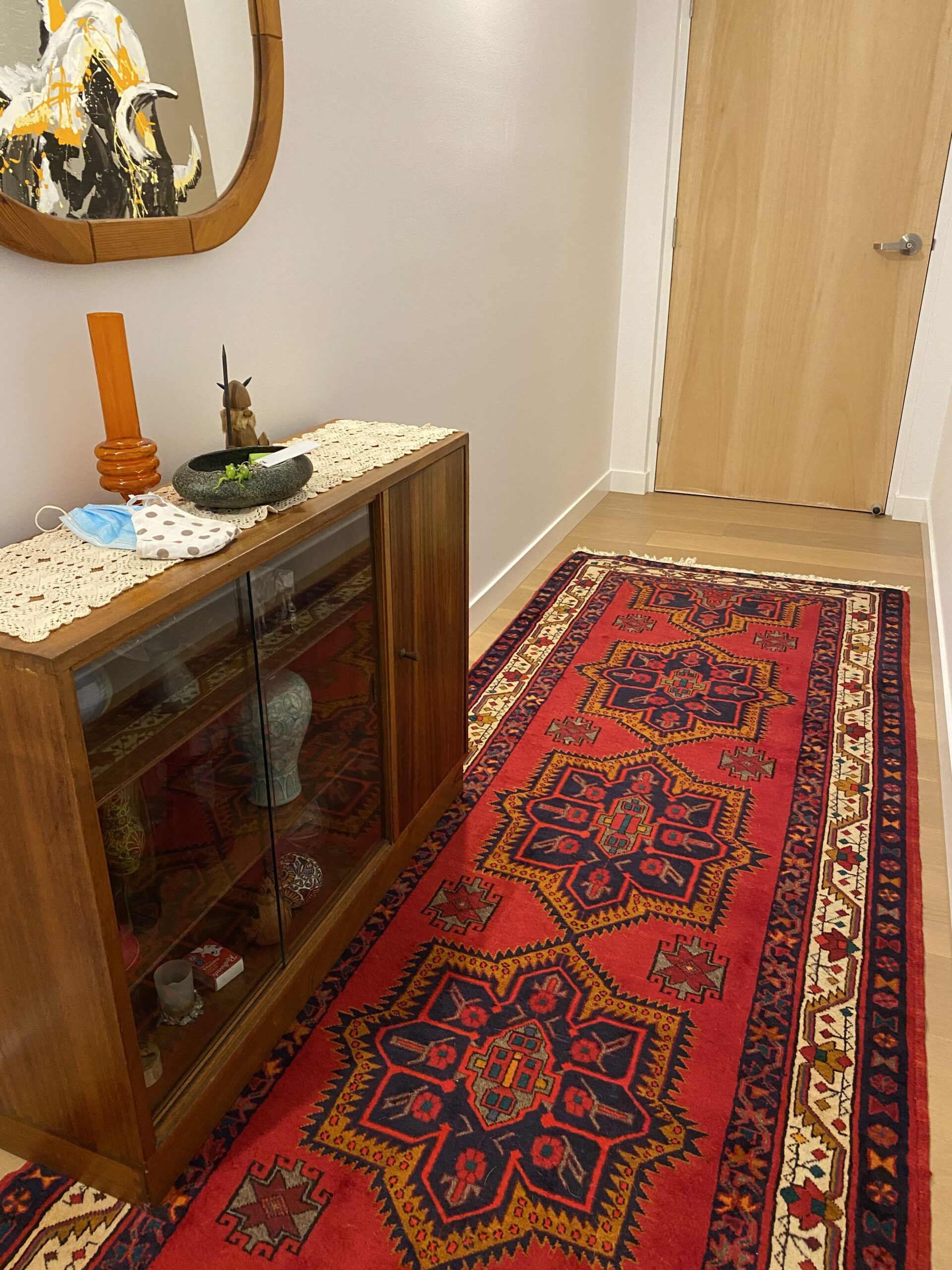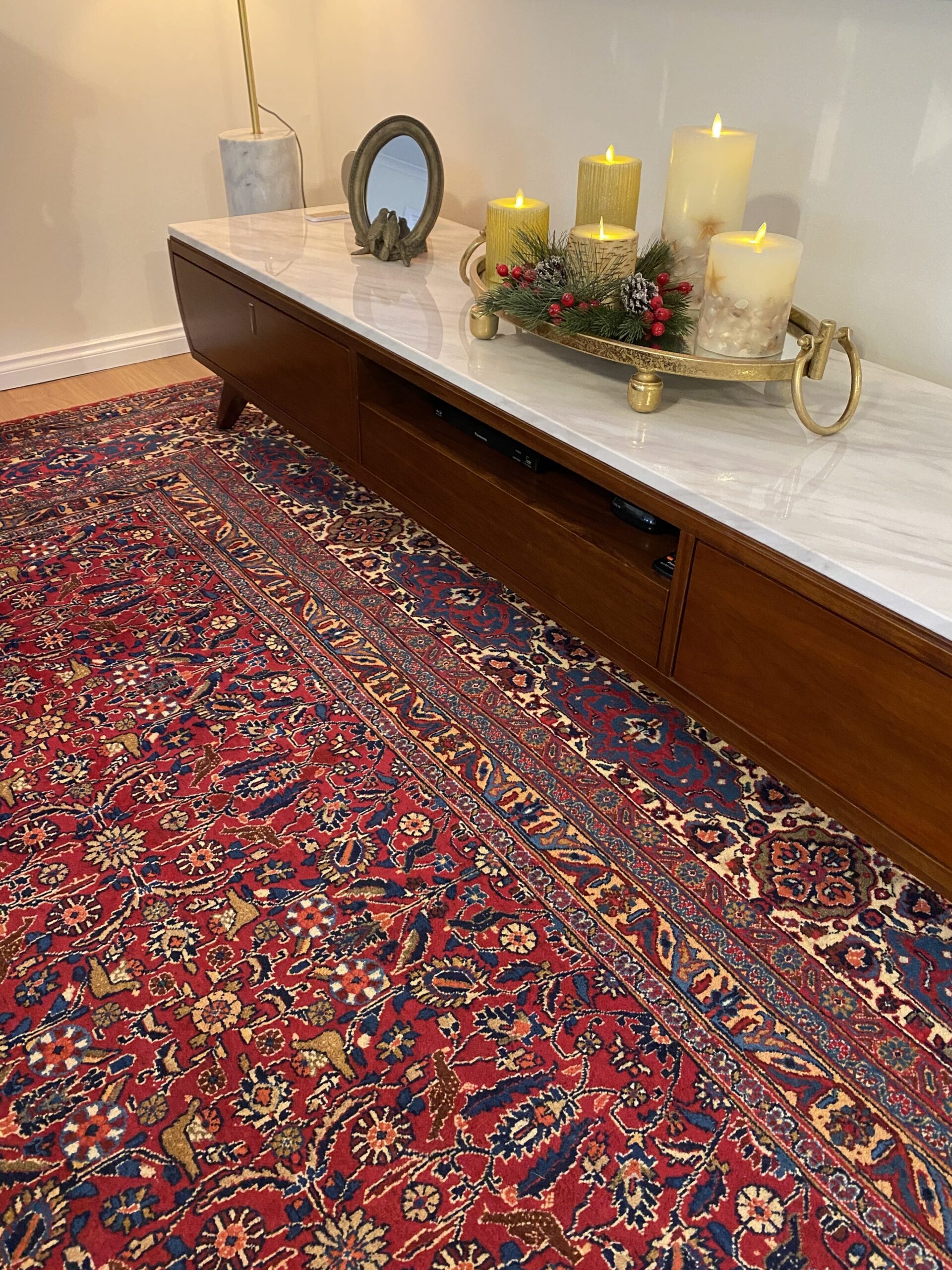Outline
- Introduction
- History of Persian rugs
- Unique characteristics of Persian rugs
- Materials used in Persian rugs
- Rug weaving techniques
- Regional styles of Persian rugs
- Symbolism and motifs in Persian rugs
- Colors and patterns in Persian rugs
- Care and maintenance of Persian rugs
- The value and investment potential of Persian rugs
- Buying authentic Persian rugs
- How to choose the right Persian rug for your space
- Decorating with Persian rugs
- Frequently asked questions about Persian rugs
- Conclusion
What’s so special about Persian rugs?
Introduction
Persian rugs, also known as Iranian rugs, are renowned for their exquisite craftsmanship and timeless beauty. They have captivated people worldwide for centuries with their intricate designs and rich cultural heritage. In this article, we will explore Persian rugs’ unique features and allure, shedding light on why they hold a special place in the world of interior design and art.
History of Persian rugs

Persian rugs have a long and fascinating history that dates back thousands of years. They are considered one of the oldest forms of woven textiles in the world. The art of rug weaving in Persia can be traced back to ancient times, with evidence of rug fragments found in archaeological sites. These early rugs were not only functional but also served as expressions of artistic creativity and cultural identity.
Unique characteristics of Persian rugs

What sets Persian rugs apart from other types of rugs are their unique characteristics. From the quality of materials to the intricate craftsmanship, Persian rugs exhibit exceptional attention to detail and precision. They are handwoven using traditional techniques passed down through generations, resulting in a level of artistry that is hard to replicate.
Materials used in Persian rugs

Persian rugs are typically made from natural materials, with wool being the most commonly used fiber. Wool sourced from local sheep is prized for its durability, softness, and ability to hold vibrant colors. In some cases, silk is also used to add luxurious accents and enhance the intricacy of the designs.
Rug weaving techniques

The weaving techniques employed in creating Persian rugs contribute to their distinctiveness. The most prevalent technique is known as “hand-knotting,” where individual knots are tied by skilled artisans to create the rug’s pile. This labor-intensive process allows for intricate patterns and designs to be woven with precision.
Regional styles of Persian rugs

Persian rugs are not homogenous in design; instead, they are characterized by various regional styles. Each region in Iran has its weaving traditions and motifs, resulting in a diverse range of Persian rugs. Some well-known regional styles include Tabriz, Kashan, Isfahan, and Qom, each with its unique design elements and color palettes.
Symbolism and motifs in Persian rugs

Persian rugs often feature symbolic motifs that tell stories and convey cultural meanings. These motifs can range from intricate floral patterns to geometric shapes and animal motifs. The symbolism behind these designs adds depth and significance to the rugs, making them more than just decorative floor coverings.
Colors and patterns in Persian rugs

The color palette of Persian rugs is wide-ranging, with vibrant and earthy tones being commonly used. Natural dyes derived from plants and minerals are traditionally employed to achieve these colors, resulting in a harmonious blend that adds warmth and character to any space. Patterns in Persian rugs can vary from delicate floral motifs to bold geometric designs, offering a wide range of choices to suit different aesthetics.
Care and maintenance of Persian rugs

To ensure the longevity of a Persian rug, proper care and maintenance are essential. Regular vacuuming, rotation, and professional cleaning are recommended to keep the rug clean and prevent dirt buildup. It is also important to protect the rug from direct sunlight and excessive moisture to avoid color fading or damage to the fibers.
The value and investment potential of Persian rugs

Persian rugs are not only cherished for their aesthetic appeal but also valued as investments. High-quality Persian rugs can be appreciated over time, making them a worthwhile investment for collectors and enthusiasts. Factors such as age, condition, rarity, and provenance contribute to the value of a Persian rug.
Buying authentic Persian rugs

When purchasing a Persian rug, it is crucial to ensure its authenticity. Due to their popularity, there are many imitations and counterfeit rugs in the market. To avoid being misled, it is recommended to buy from reputable dealers who can provide proper documentation and certification of the rug’s origin and authenticity.
How to choose the right Persian rug for your space

Selecting the perfect Persian rug for your space involves considering factors such as size, design, and color scheme. The rug should complement the overall aesthetics of the room while also reflecting your style. It is advisable to take accurate measurements and consult with experts to find the ideal rug that suits your specific requirements.
Decorating with Persian rugs

Persian rugs can transform any space into a captivating and inviting environment. They can serve as focal points in a room or be used to tie together different design elements. From traditional to contemporary interiors, Persian rugs add a touch of elegance and sophistication, enhancing the overall ambiance of the space.
Frequently asked questions about Persian rugs
- Are Persian rugs suitable for high-traffic areas?
- How do I clean and maintain a Persian rug?
- Can I use a Persian rug in a modern or contemporary setting?
- What is the difference between a handmade and machine-made Persian rug?
- How can I tell if a Persian rug is authentic?
Conclusion
In conclusion, Persian rugs possess a unique charm that sets them apart from other types of rugs. Their rich history, exquisite craftsmanship, and cultural significance make them highly sought after by interior designers, collectors, and rug enthusiasts worldwide. Investing in a Persian rug not only adds beauty and warmth to your space but also allows you to own a piece of art that will be treasured for generations to come.
FAQs
- Are Persian rugs suitable for high-traffic areas? Persian rugs are durable and can withstand moderate foot traffic. However, it is advisable to place them in areas with less heavy traffic to preserve their quality and longevity.
- How do I clean and maintain a Persian rug? Regular vacuuming and professional cleaning are essential for maintaining the beauty and condition of a Persian rug. It is also important to promptly clean any spills and avoid exposing the rug to direct sunlight or excessive moisture.
- Can I use a Persian rug in a modern or contemporary setting? Absolutely! Persian rugs can be a stunning addition to modern and contemporary interiors. They add a touch of heritage and timeless elegance, creating a beautiful contrast with sleek and minimalist design elements.
- What is the difference between a handmade and machine-made Persian rug? Handmade Persian rugs are crafted by skilled artisans using traditional weaving techniques, while machine-made rugs are mass-produced using automated machinery. Handmade rugs are known for their superior quality, intricate designs, and higher value.
- How can I tell if a Persian rug is authentic? Authentic Persian rugs often come with proper documentation and certification of their origin and authenticity. It is advisable to buy from reputable dealers who can provide this information and offer guarantees for their rugs.
What’s so special about Persian rugs(Download PDF)
What’s so special about Persian rugs(Download Docx)

